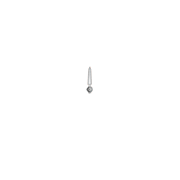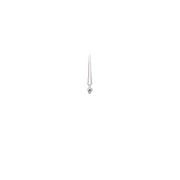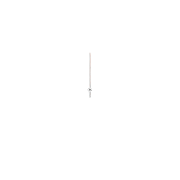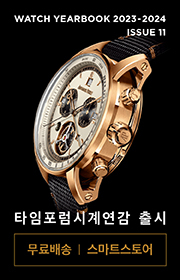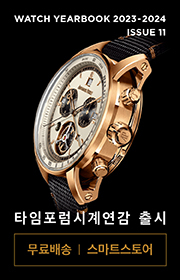
Due to the fact that we are well known experts on stainless steels and their metallurgical aspects, we are often approached by watch enthusiasts and customers from all over the world. And more or less all of them ask the same questions: Which steel used for watch cases offers the highest corrosion resistance, and which one features the greatest hardness? Which company offers the best choice?
Although it is possible to answer this question in one sentence, we feel that it might be of greater interest to compare the most commonly used stainless steels with each other, including one of our steels.
For our upcoming automatic pilot’s watch range (DA 36/46) we’ve chosen a highly corrosion resistant austenitic stainless steel alloy which can be fully hardened, leaving the surface with a key hardness of 1600 HV (Hardness Vickers). Just to give you an impression how hard this actually is: Titanium 180-210 HV, St. Steel AISI 316L 190-220 HV, Sapphire crystal 2000 HV.
In order to compare our new steel with other commonly used stainless steels, we’ve decided to measure the PRE-factor (Pitting Resistance Equivalent). This can be done by defining the ratio of three important alloy components, using the following formula:
PRE = %Cr (Chromium) + 3.3 x %Mo (Molybdenum) + 30 x %N (Nitrogen)
This leads to the following results:
1. Stainless steel AISI 304 (watch cases, not in common use): PRE-factor 20
2. Stainless steel AISI 316L (commonly used for quality watches): PRE-factor 26-30
3. Stainless steel AISI 904L (marine hardware, etc.): PRE-factor 35
4. Stainless steel used for latest strategic developments of the German Navy, e.g. 1.3964/1.4566: PRE-factor 38
5. Stainless steel DIN 1.4456 (high grade alloy used for medical implants): PRE-factor 52
6. New Damasko stainless steel used for the upcoming DA 36/46: PRE-factor 50-52
We think that this table perfectly illustrates the superior corrosion resistance of our new steel. Soon we will also discuss how we achieve the tremendous hardness of this pioneering material.











